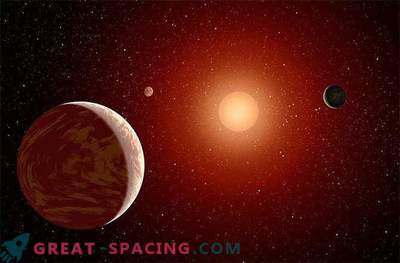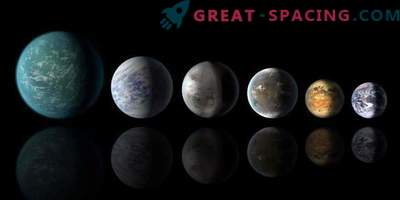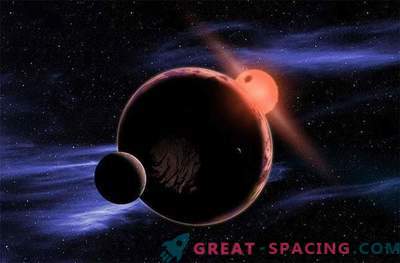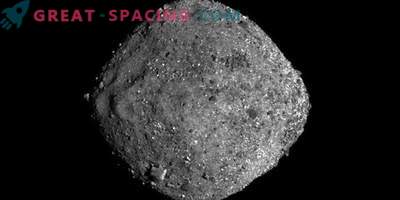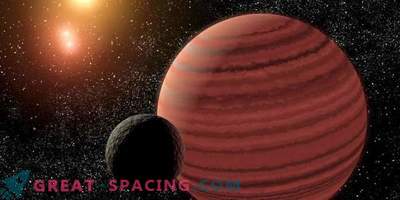
Artistic vision of the planetary system
A new study shows that conditions on completely water-covered worlds are much friendlier than previously thought. This opens up the possibility that such planets may be habitable.
The scientific community believed that the planets completely covered with water are not capable of maintaining the cyclical nature of minerals and gases, due to which the climate on Earth is preserved, which means there are no options for life. But now scientists believe that the oceanic planets provide much more opportunities than previously thought. This theory is based on over a thousand simulations.
In this case, we no longer need to search for the earth clone and its features. As telescopes improve, researchers find more and more planets revolving around alien distant stars. Such discoveries hint at the possibility that life can survive in other worlds that are very different from Earth. Moreover, on some there is no land at all, and the water goes hundreds of miles deep.
Life needs a long period of development, and the level of heat changes as the star ages, so scientists are looking for planets with water and a way to keep the climate stable. The only method known to us is the earth one, where the planet has been cooling for a long time, pulling greenhouse gases into minerals and heating up, releasing them through volcanoes. But this model does not work in a completely water-covered world, so the researchers decided to look for other ways. They created a simulation with thousands of randomly formed planets and tracked the evolution of climate over billions of years. It turned out that many of them remained stable, at least accurate data concern 10%.
These lucky planets are located in the correct locations around their native stars. They also have the necessary amount of carbon, not such a large volume of minerals and elements from the crust dissolved in the oceans, which would remove carbon from the atmosphere. Initially, they have a sufficient water volume and carbon is circulated only between the atmospheric layer and the ocean, which, in the right concentrations, will help maintain a stable process.
The simulation took into account stars similar to the Sun, but the results remain optimistic for red dwarfs. Planets in such systems are considered promising candidates for the development of life, because the stars become much brighter with a longer course of time.

